1. Cheyenne Mountain Complex – Colorado
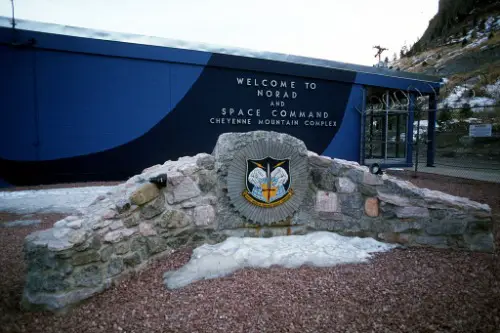
If you’ve ever seen WarGames or Stargate SG-1, you’ve already seen a version of Cheyenne Mountain. Built into a granite mountain near Colorado Springs, this Cold War-era facility was designed to withstand a nuclear blast, according to Daniel Terdiman from CNET. It used to be the nerve center of NORAD (North American Aerospace Defense Command) and still plays a key role in homeland defense. These days, it functions more like a secure backup for command operations—just in case the worst happens.
The real kicker is that it looks like just another mountain from the outside. Tourists drive by all the time, completely unaware that a deep, reinforced bunker sits inside, protected by 25-ton blast doors. With all its self-sufficient systems—including water, power, and even its own air filtration—it could operate cut off from the world for months. It’s like America’s real-life doomsday bunker hiding in plain sight.
2. Fort Detrick – Maryland
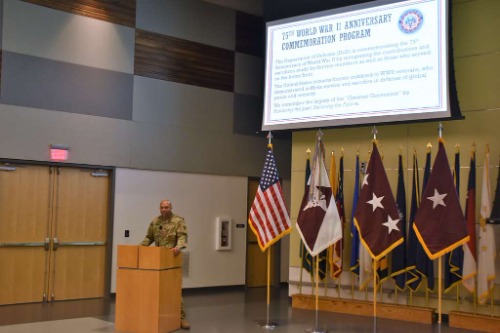
Situated in the middle of Frederick, Maryland, Fort Detrick looks like just another military base—until you realize it’s been America’s nerve center for biological warfare research. During the Cold War, it housed Project MK-NAOMI and was tied to secretive bioweapon testing. These days, it’s home to the U.S. Army Medical Research Institute of Infectious Diseases (USAMRIID). While officially focused on biodefense, its history keeps conspiracy theorists buzzing.
The base sits right next to residential neighborhoods, office parks, and shopping centers. Most locals know it’s there but don’t really grasp how much history and controversy it carries. It’s a place where Ebola, anthrax, and other pathogens have been studied just steps from suburbia. That alone makes it a base worth including on this list.
3. Area 6 – Nevada

Everyone knows Area 51, but Area 6? Not so much. Tucked away just a few miles to the southeast of its infamous sibling in Nevada’s Yucca Flat, Area 6 is a lesser-known but still highly secretive site, according to Keith Rogers from the Las Vegas Review-Journal. The airstrip there is clearly visible via satellite, and yet almost nothing is publicly confirmed about what goes on there.
What we do know is that it’s operated by the Department of Energy and has been used for drone testing and surveillance development. Contractors like defense giant Leidos have reportedly run operations from there. What’s wild is that all this is happening in the open desert, with a runway anyone can see on Google Earth. It’s secret work done in a very visible place.
4. Raven Rock Mountain Complex – Pennsylvania/Maryland Border

Nestled beneath a mountain near the sleepy town of Blue Ridge Summit is Raven Rock, often dubbed the “underground Pentagon.” This Cold War relic was built to serve as a backup command center for the Department of Defense in the event of a national emergency, according to Terry Gross from NPR. The facility is still operational and heavily guarded, despite its very public surroundings. There’s even a golf course nearby—most locals don’t realize what’s underground.
From above, you might just see fenced-in roads and a few nondescript buildings. But below lies a massive bunker city, complete with its own power plant and multiple levels of hardened infrastructure. It’s connected to the real Pentagon via secure communications lines and would serve as a secondary HQ in wartime. For a place meant to coordinate defense of the free world, it’s shockingly easy to overlook.
5. Dugway Proving Ground – Utah
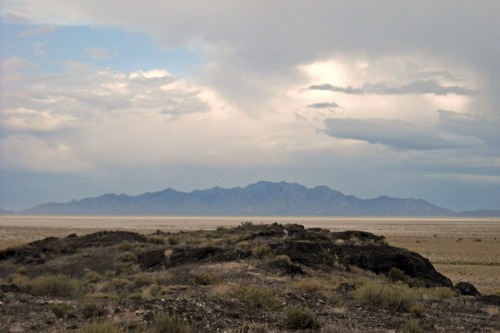
Dugway is sometimes called the new Area 51, and it’s not just hype. Located in Utah’s desert, the base is used primarily for testing chemical and biological weapons defenses. While that sounds sinister, the focus is actually on how to survive and counter those types of threats. But it’s the secrecy surrounding what gets tested there that fuels constant speculation, according to James Pasley from Business Insider.
You can drive relatively close to the perimeter without realizing you’re near one of the most sensitive military research sites in the country. There are open desert stretches, security checkpoints, and some heavily restricted airspace, but otherwise? Pretty easy to miss unless you’re looking for it. That’s exactly what makes it so hidden in plain sight.
6. Mount Weather Emergency Operations Center – Virginia
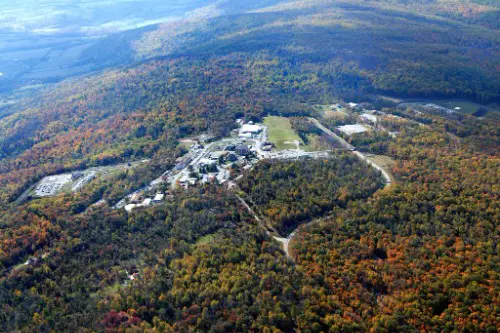
Just 48 miles from Washington, D.C., this facility is tucked away in the Blue Ridge Mountains near Berryville, Virginia. Mount Weather is the designated safe zone for high-level government officials during a national crisis. It came into public view only after a plane crash in 1974 revealed its existence. Even then, the full extent of what happens there is still a well-guarded secret.
There’s a surface-level FEMA complex that’s visible to visitors, but the real action happens underground. It’s believed to have extensive tunnel networks, self-sustaining facilities, and hardened infrastructure. Presidents and top officials would be relocated here in a worst-case scenario. And yet, thousands of D.C.-area hikers and campers wander nearby every year with no clue.
7. Wright-Patterson Air Force Base – Ohio
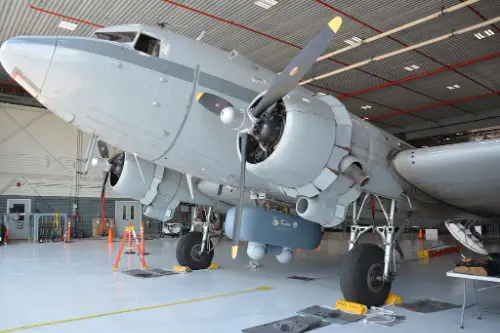
Located near Dayton, Ohio, Wright-Patterson is a working Air Force base with a surprisingly legendary reputation. It’s been the subject of decades of rumors involving alien tech, particularly connected to the Roswell incident. While the alien angle remains unconfirmed, what is confirmed is its long-standing role in aerospace R&D. The base houses the Air Force Research Laboratory, where cutting-edge tech gets tested and developed.
What’s wild is that the base is open enough to have tours and a massive public aviation museum. But behind certain hangars, access is strictly restricted, even to most military personnel. Its dual identity—half public museum, half top-secret lab—makes it a fascinating example of a secret base hiding in full view. The contrast is kind of mind-blowing when you think about it.
8. Tonopah Test Range – Nevada
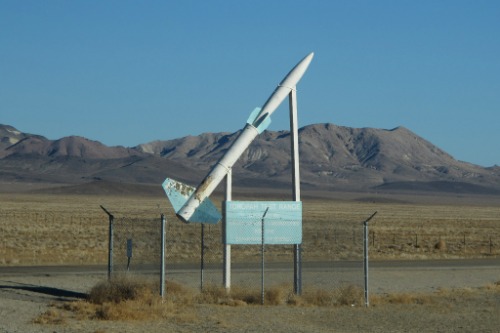
Another lesser-known neighbor of Area 51, Tonopah is about 70 miles away and plays a big role in stealth tech. This is where the F-117 Nighthawk stealth fighter was secretly tested before its public debut. Despite its importance, Tonopah isn’t heavily guarded compared to its more infamous neighbor. You could drive past it and barely register its significance.
It’s also where old tech goes to be quietly retired and evaluated, often in remote hangars away from the spotlight. Satellite imagery shows plenty of activity, but no flashy warning signs or high-profile fences. That mix of secrecy and openness makes Tonopah a classic “hidden in plain sight” facility. If you didn’t know what to look for, you’d never guess its legacy.
9. Camp Peary – Virginia
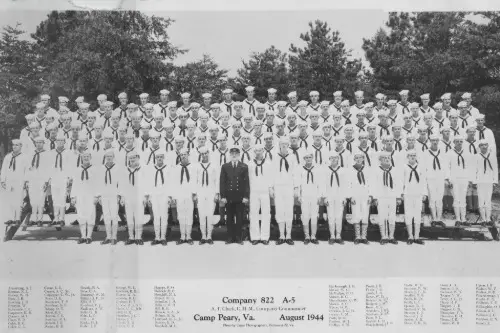
Known colloquially as “The Farm,” Camp Peary is a CIA training facility near Williamsburg, Virginia. The CIA has never officially confirmed it, but former operatives and journalists have long tied the site to clandestine training for covert agents. It’s not marked on most maps and has no flashy signage. Drive by, and you’d likely just think it’s a chunk of government land.
The surrounding area includes vacation spots and tourist-friendly Williamsburg, making the juxtaposition even stranger. Despite its high-stakes mission, it blends into the forested landscape like any other military training area. It’s this blend of secrecy and proximity to normal life that makes The Farm especially fascinating. You could be walking past future spies at the grocery store and never know it.
10. Naval Submarine Base Kings Bay – Georgia
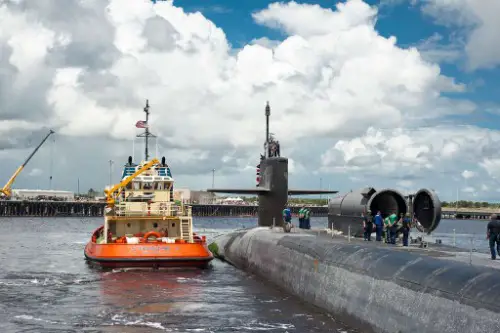
Down near the Georgia-Florida border sits Kings Bay, a major base for the U.S. Navy’s ballistic missile submarines. While it’s not exactly unknown, few people realize the scope of what happens here. The base is home to six Ohio-class submarines—floating nuclear arsenals that are a major leg of the U.S. nuclear triad. The security is tight, but the area is surrounded by regular towns and vacation beaches.
Driving near the base, you might just see fences, golf courses, and innocuous buildings. But beneath the calm surface lies a strategic hub critical to global deterrence. Most civilians living nearby don’t think twice about what’s just a few miles away. That level of normalcy is exactly what keeps it hidden.
11. White Sands Missile Range – New Mexico
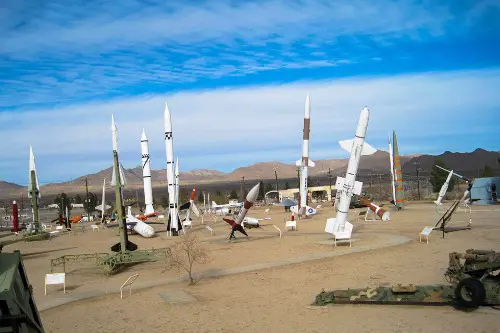
White Sands was the site of the first-ever atomic bomb test—Trinity, in 1945. These days, it’s a massive missile testing range that spans over 3,000 square miles. It’s used to test everything from rockets to advanced defense systems, often right alongside New Mexico’s public highways and towns. You can even visit nearby attractions like the White Sands National Park, blissfully unaware of what’s being fired over the horizon.
The range is so large that its operations are often compartmentalized, with different programs running in isolated sectors. The remoteness adds to the illusion of emptiness, when in fact, it’s buzzing with activity. It’s one of the most technologically significant places in the country—and also one of the easiest to overlook. That combination earns it a spot on this list.
12. Joint Base Anacostia–Bolling – Washington, D.C.
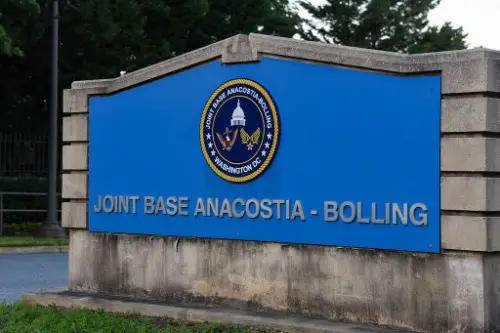
You’d think a secretive military base couldn’t exist right in the nation’s capital, but you’d be wrong. Joint Base Anacostia–Bolling sits just across the Potomac River from the Pentagon. It’s home to intelligence and cyber operations, including assets from the NSA and DIA. Yet it’s right next to public parks, commuter routes, and even a golf course.
This base functions as a low-profile hub for high-stakes operations. Many of the buildings look like ordinary office parks, giving it an unremarkable footprint in one of the most security-heavy cities in the world. But some of the country’s most sensitive cyber and signals intel passes through here. It’s a textbook case of hiding something big in plain sight
13. Los Alamos National Laboratory – New Mexico
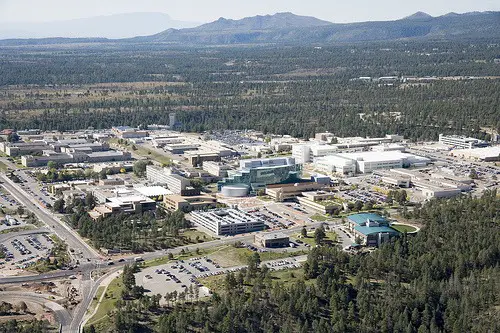
This isn’t a traditional military base, but it definitely deserves a mention. Los Alamos was where the atomic bomb was born, and today it remains a central hub for nuclear weapons research and development. The lab sits right in the middle of a small New Mexico town—Los Alamos itself—which grew up around the secret Manhattan Project. Residents live next door to labs working on world-altering technology.
The town feels like any other mountain community, but behind the fences are highly classified projects and global-level implications. It’s not uncommon to meet someone in a coffee shop who works on next-gen nuclear systems. For such an important and historically rich site, it’s shockingly… normal. And that’s the paradox that makes it so fascinating.


